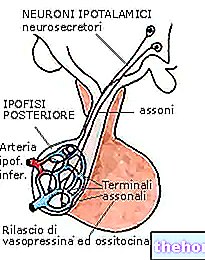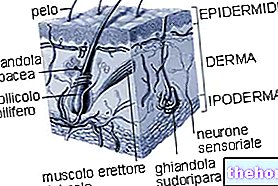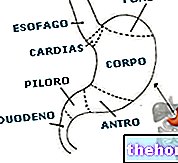Anatomy and Functions of the Pylorus
The pylorus is the terminal region of the stomach, which regulates the passage of gastric contents into the duodenum (initial part of the small intestine). At the point of separation of these two organs there is a real sphincter, the pyloric sphincter, which with the its opening and closing regulates the passage of gastric chyme into the duodenum (chyme is the pulp of semi-digested food present in the stomach)

The pylorus can be didactically divided into two distinct parts:
the pyloric antrum, which connects it to the body of the stomach;
the pyloric canal, which connects it to the duodenum.
All these opening and closing movements are regulated by humoral and nervous factors; their purpose is to give the stomach sufficient time to carry out an effective digestive action, then gradually pour its contents into the duodenum. This gradualness is essential to give the enzymes and digestive juices, present in the first intestinal tract, time to complete the digestion of chyme and absorb nutrients, before a new wave of gastric contents arrives.
At the same time, the pyloric valve does not allow the reflux of duodenal material into the gastric cavity (except in the case of particular pathologies).
Anatomically, the pylorus has an almost horizontal course and is located around the body of the first lumbar vertebra. The pyloric sphincter is formed by a thickening of the circular fibers of the gastric muscular tunic, between which the outermost longitudinal fibers fan out. The prevailing contraction of the circular fibers determines the closure of the pyloric sphincter, while the majority contraction of the longitudinal fibers induces its dilation.
Opening and closing of the pylorus
When food arrives from the esophagus, the gastric pH - strongly acid - shifts towards neutrality, due to saliva mixed with food; this causes the pylorus to close. The gastric contractions stir the food that comes into contact with the acid gastric juice, the secretion of which increases in the meantime; so that little by little the pH of the stomach returns acidic. When the chyme contained in the antrum has become acidic, the pylorus opens and allows it to pass into the duodenal ampulla (first part of the duodenum). The passage of acidic material into the duodenal bulb in turn causes the closure of the pylorus, while in the stomach other alkaline material reaches the antrum. Subsequently, while the antral contents are acidified, the acidity of the contents of the duodenal bulb is neutralized by the alkaline mucus. secreted by Brunner's glands, so that the pylorus reopens and the cycle is repeated, while the duodenal contents are transported downstream by peristalsis.




























